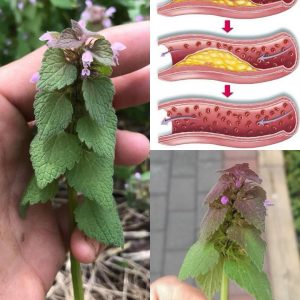
A team of Canadian researchers has identified a powerful protein with the potential to transform cancer prevention and treatment. Known as DdrC (DNA damage response protein C), the molecule is capable of autonomously repairing DNA damage—a breakthrough that could one day lead to the creation of an anti-cancer vaccine.
A Protein Born From Extreme Resilience
DdrC was first discovered in Deinococcus radiodurans, a bacterium renowned for its ability to survive extreme conditions, including radiation levels 10,000 times higher than those lethal to human cells.
What makes DdrC remarkable is its ability to:
- Detect DNA breaks on its own
- Repair damage without the need for supporting proteins
- Stabilize and protect the entire genome from further harm
From Bacteria to Broader Applications

To test its versatility, scientists introduced DdrC into Escherichia coli—a common gut bacterium. The results were striking: the modified E. coli became 40 times more resistant to ultraviolet radiation. This suggests that the protein could potentially be engineered to work in higher organisms, including humans, animals, and even plants.
How It Works
Using advanced X-ray imaging, the team observed DdrC’s repair process in action:
-
It rapidly locates single and double DNA strand breaks
-
It pairs and rebinds the broken fragments
-
It compacts and stabilizes the genome, giving the cell the chance to regenerate
Study coordinator Dr. Robert Szabla explained the significance:
“If we had a system like DdrC in our cells, we could prevent many forms of cancer by neutralizing genetic damage at the root.”
Potential Future Uses
While still in the early stages of research, the implications of DdrC are vast. Scientists believe it could be harnessed to:
- Prevent tumor formation by blocking DNA mutations before they take hold
- Strengthen the body’s resistance to environmental stress and radiation
- Improve agriculture, by creating crops that are more resilient to climate change, radiation, and genetic instability
Where the Research Took Place

The study was led by the Department of Biochemistry at Western University in London, Ontario, in collaboration with the Canadian Light Source (CLS) at the University of Saskatchewan. Findings were published in the peer-reviewed journal Nucleic Acids Research.
A Breakthrough With Enormous Promise
The discovery of DdrC represents one of the most promising developments in biotechnology and molecular medicine in recent years. While much work remains before it can be adapted for humans, scientists are hopeful that the protein could one day form the basis of a revolutionary cancer vaccine—and perhaps even help protect life in the harshest environments on Earth.




